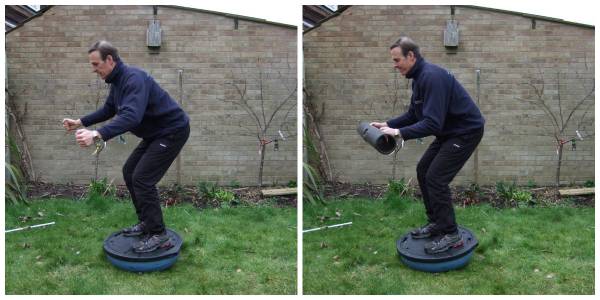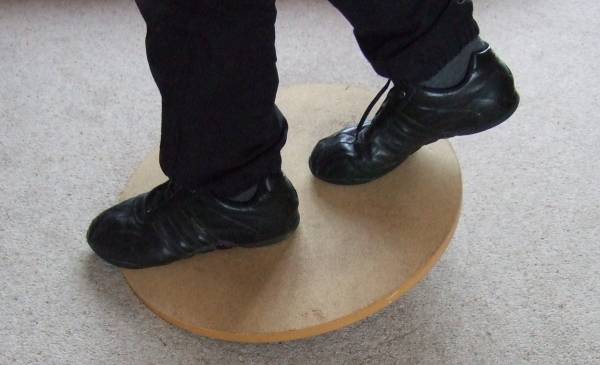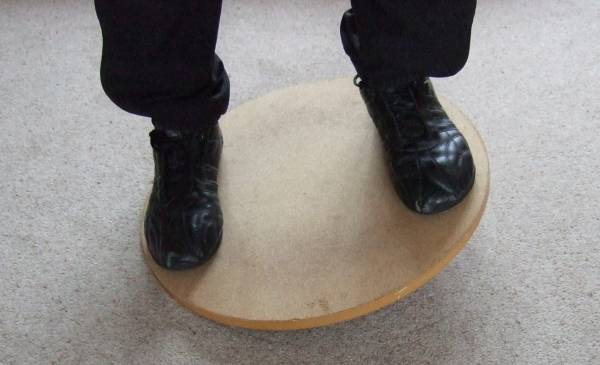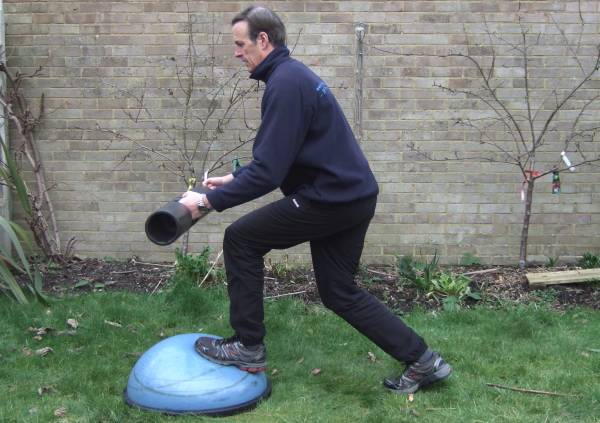I have just come back from a few days of mountain biking in southern Europe. It stressed upon me the importance of having good balance and control skills. Spending time on the turbo trainer this winter, while addressing my strength and cardiovascular fitness, has done little to develop my cycle handling ability.
How to Develop Your Balance Skills
Cycling requires good balance. This is a skill that can be developed like any other, but it requires suitable training along with good reaction time, coordination, agility, power, and speed. Developing your balance will enable you to handle the bike more effectively and respond to changing environments, such as different or uneven ground surfaces, and changes in direction, such as during cornering. Balance can also help you when cycling slowly as you go up hills or enter traffic.
While you can develop balance and its associated skills by going out on your bike, in order to progress these skills you need to get out of your comfort zone. This is not always safe to do when out on the road, and weather may also preclude this training. Thankfully, you can develop these skills very easily in the gym environment.
For the following four exercises, I am going to use a balance board and in some cases a BOSU. Any slightly unstable, yet safe surface could be used. Since the exercises need to be relevant to cycling, the movements will emulate the body motion that occurs when on the bike.
Exercise #1: Just Balance
The first exercise uses a simple balance board. Stand with your feet equally spaced from the center of the board. Just balance, keeping the board level.
Progressions:
- Stand in a split stance and keep the board level.
- Balance while holding a weighted bar (similar to holding handlebars), ViPR, or something similar.
- Add squats into the exercise to flex your knees.

Left: Just balancing; Right: With the addition of a ViPR.
Exercise #2: Rock Back and Forth
The second exercise takes the first exercise and adds movements similar to those you do when cycling. Standing with a split stance, one foot in front of the other, and with knees slightly flexed, rock the board backward and forward. Keep control of it and do not let it tip side to side.
Performing this exercise slowly and while remaining in control will result in better benefits than trying to cheat and do it quickly. This exercise can be progressed by choosing a larger and higher balance board or by holding an object in a handlebar position.
Another further progression is to perform squats so the knees flex while tilting the board to resemble pedaling or cycling over uneven ground like mountain biking.

Exercise #3: Tilt Side to Side
For this third exercise, you stay on the balance board, but you stand in a symmetrical stance. Tilt the board side to side so that one foot is higher than the other, similar to the stance you would take when cornering.
This may be progressed by holding a weighted bar to resemble handlebars, selecting a more unstable surface, or performing squat actions as you move the board from side to side.

Exercise #4: Lunge
The fourth exercise uses the balance board or unstable surface on the leading foot of a lunge. This simulates the downward stroke of the leading foot when pedaling. As before, this can be progressed by adding greater instability and holding a bar to represent handlebars.

Start Small
Start these exercises with only a small level of instability initially. Then gradually increase the level of challenge as you become more confident and acquire a greater level of control. Beware of people and objects around you so no injury should occur if you fall.






